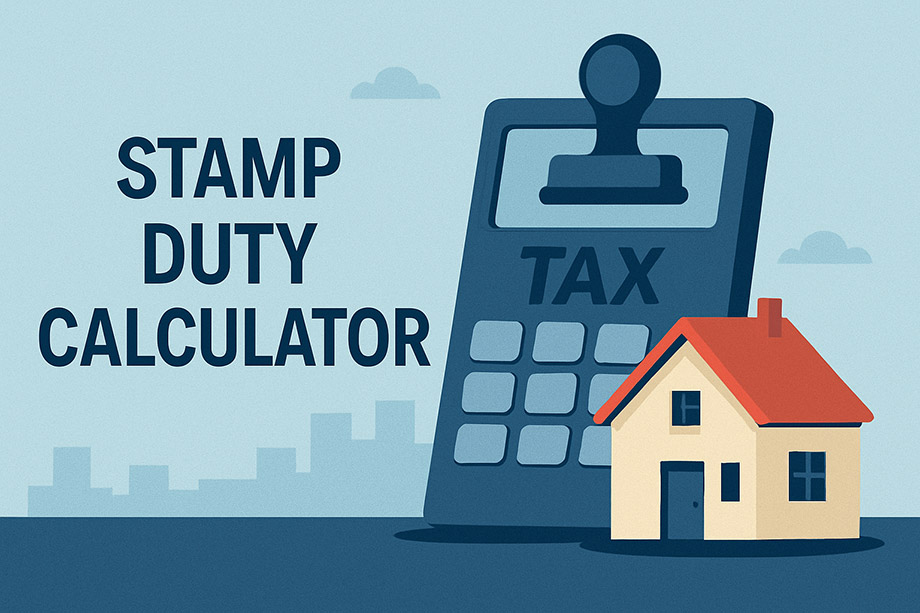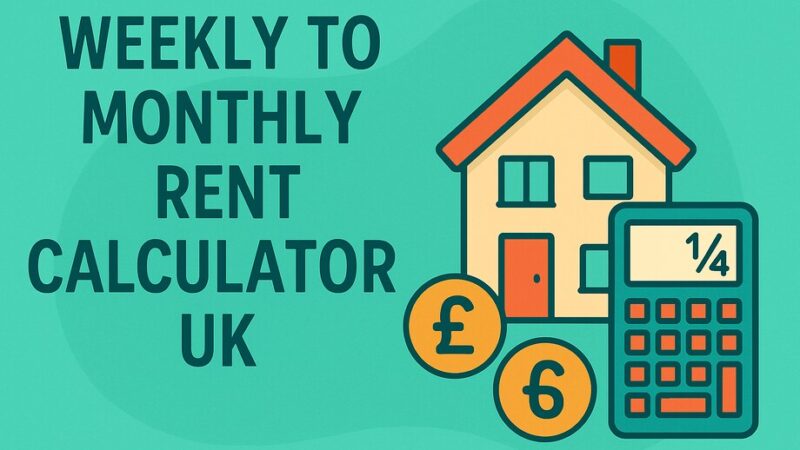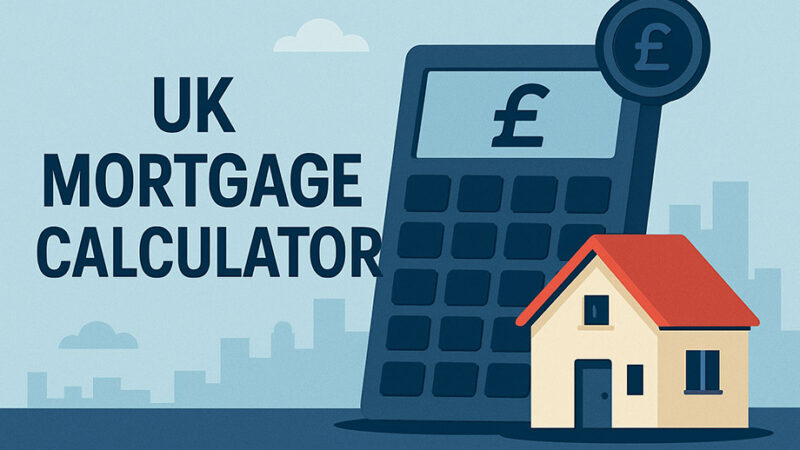Stamp Duty Calculator

Buying a property in the UK comes with various costs, and one of the most significant additional expenses is Stamp Duty Land Tax (SDLT). Whether you’re a first-time buyer, property investor, or simply moving house, understanding how much stamp duty you’ll need to pay is crucial for budgeting your property purchase effectively.
What is Stamp Duty and Why Do You Need a Calculator?
Stamp Duty Land Tax is a government tax levied on property purchases in England and Northern Ireland. The amount you pay depends on several factors including the property’s purchase price, your residency status, whether you’re a first-time buyer, and if you already own another property.
Given the complexity of the current stamp duty system with its multiple rate bands and various exemptions, a reliable stamp duty calculator has become an essential tool for anyone planning to buy property in the UK.
Current Stamp Duty Rates for 2025
Following the recent changes that came into effect on 1st April 2025, the stamp duty landscape has shifted significantly. Here’s what you need to know:
Standard Rates (England and Northern Ireland)
- Up to £125,000: 0%
- £125,001 to £250,000: 2%
- £250,001 to £925,000: 5%
- £925,001 to £1.5 million: 10%
- Over £1.5 million: 12%
First-Time Buyer Relief
First-time buyers benefit from reduced rates:
- Up to £300,000: 0%
- £300,001 to £500,000: 5%
- Properties over £500,000 are not eligible for first-time buyer relief
Additional Property Surcharge
If you’re buying a second home or buy-to-let investment, you’ll pay an additional 5% on top of the standard rates (increased from 3% in October 2024).
Who Needs a Stamp Duty Calculator?
First-Time Buyers
Despite benefiting from reduced rates, first-time buyers still need to calculate their stamp duty liability, especially for properties between £300,000 and £500,000 where partial relief applies.
Property Investors
Buy-to-let investors face the highest stamp duty rates due to the additional property surcharge. A calculator helps determine the true cost of investment and its impact on returns.
Home Movers
Even when moving to a new main residence, timing can affect stamp duty liability. If you haven’t sold your previous home, you might temporarily pay higher rates.
Non-UK Residents
Overseas buyers face an additional 2% surcharge on properties over £40,000, making accurate calculations even more important.
Key Features to Look for in a Stamp Duty Calculator
Accuracy and Updates
The best calculators are regularly updated to reflect the latest government rates and thresholds. Given the frequent changes to stamp duty rules, this is crucial.
Multiple Scenarios
Quality calculators should handle various buyer types:
- First-time buyers
- Home movers
- Additional property purchases
- Non-UK residents
Clear Breakdown
Look for calculators that show exactly how the tax is calculated across different rate bands, not just the final figure.
Additional Information
The most helpful calculators provide context about exemptions, refunds, and special circumstances that might affect your liability.
Common Stamp Duty Scenarios Explained
Moving House
If you’re buying a new main residence before selling your current home, you’ll initially pay the higher rate stamp duty. However, you can claim a refund of the additional 5% surcharge if you sell your old home within three years.
Shared Ownership
For shared ownership schemes, you only pay stamp duty on the portion you’re purchasing, not the full market value. You can also choose to pay stamp duty on the full market value upfront if you plan to increase your share later.
New Build Properties
New build homes are subject to the same stamp duty rates as existing properties – there’s no special relief for new constructions.
Corporate Purchases
Companies buying residential property face different rates and additional charges, including the Annual Tax on Enveloped Dwellings (ATED) for high-value properties.
Regional Differences: England, Northern Ireland, Scotland, and Wales
While our calculator focuses on England and Northern Ireland, it’s worth noting that Scotland and Wales have their own property tax systems:
- Scotland: Uses Land and Buildings Transaction Tax (LBTT)
- Wales: Uses Land Transaction Tax (LTT)
These systems have different rates and thresholds, so ensure you’re using the correct calculator for your property’s location.
Tips for Minimizing Stamp Duty
Timing Your Purchase
If you’re selling an existing property, consider the timing carefully. Completing the sale before buying your new home can help avoid higher rates.
Consider the Threshold
Properties just above rate thresholds can result in significantly higher stamp duty bills. Sometimes negotiating a slightly lower price can save thousands.
Explore Exemptions
Certain properties and circumstances qualify for exemptions, such as:
- Properties under £40,000 (for additional property surcharge)
- Certain types of property transfers
- Specific development schemes
First-Time Buyer Status
Ensure you qualify for first-time buyer relief and understand the thresholds. If you’re buying with someone who isn’t a first-time buyer, you won’t qualify for the relief.
Understanding the Calculation Process
Stamp duty is calculated on a progressive basis, similar to income tax. This means:
- Band-by-band calculation: Each portion of the purchase price is taxed at the relevant rate
- Cumulative total: The final stamp duty bill is the sum of tax across all applicable bands
- Threshold effects: Moving from one band to another only affects the portion above the threshold
For example, on a £400,000 property for a first-time buyer:
- First £300,000: 0% = £0
- Next £100,000: 5% = £5,000
- Total stamp duty: £5,000
Payment and Deadlines
Stamp duty must be paid within 14 days of completing your property purchase. Your solicitor typically handles this process, but it’s important to factor this timeline into your completion planning.
The Impact of Recent Changes
The April 2025 changes have significantly affected stamp duty calculations:
- Increased costs for most buyers: The threshold reduction from £250,000 to £125,000 means more buyers pay stamp duty
- Higher investment costs: The additional property surcharge increase from 3% to 5% substantially impacts buy-to-let investors
- First-time buyer adjustments: The reduction in relief thresholds affects higher-value first-time purchases
Future Considerations
Stamp duty rates and thresholds change regularly based on government policy and economic conditions. What we’ve seen in recent years includes:
- Temporary holidays: The COVID-19 pandemic led to temporary rate reductions
- Threshold adjustments: Regular changes to rate bands and exemption levels
- Surcharge modifications: Additional charges for certain buyer types
Conclusion
A reliable stamp duty calculator is an essential tool for anyone buying property in England or Northern Ireland. With the complex rate structure, various exemptions, and regular changes to the system, having access to accurate calculations helps you budget effectively and avoid unexpected costs.
Remember that while calculators provide excellent estimates, complex situations may require professional advice from a solicitor or tax advisor. Always ensure you’re using the most up-to-date calculator that reflects current rates and thresholds.
Whether you’re a first-time buyer taking advantage of relief measures, an investor calculating returns on buy-to-let properties, or a homeowner planning your next move, understanding stamp duty costs upfront helps you make informed decisions and negotiate effectively.
Use our calculator below to get an accurate estimate of your stamp duty liability and take the first step toward your property purchase with confidence.
Last Updated on July 21, 2025 by James Cartwright



